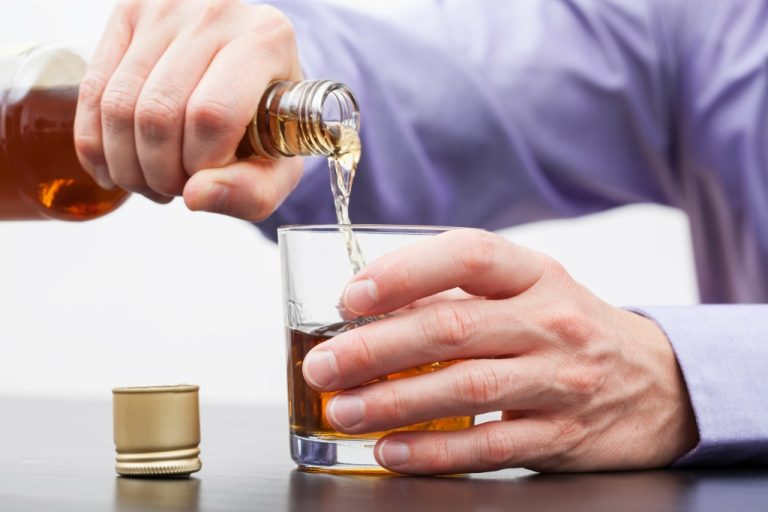Tobacco and addiction Information and Resources about Oral Head and Neck Cancer
However, the brain’s adaptability also means that people can become addicted to alcohol or other substances. Repeated alcohol exposure can change the brain’s structure and functioning.5 These changes can make it very difficult for people with alcohol addiction to stop drinking. An estimated 14 million people in the United States live with alcohol use disorder (AUD).1 Untreated alcohol addiction or AUD can lead to serious, sometimes life-threatening health problems. People who are dependent on alcohol typically require significant treatment and continuing support to recover. In addition, genetically modified animals, especially knockout mouse models, are very helpful in identifying genes and neurochemical substrates that are involved in mediating the effects of chronic alcohol intake (Crabbe et al., 2006).
- The reason prohibition started was because many individuals became dependent on alcohol and it was viewed as a negative trait in the eyes of the government.
- Users may also experience withdrawal symptoms if they attempt to stop their drug use and abuse.
Psychological Factors Contributing to Alcohol Addiction

Thus, negative allosteric modulators of the GABAA receptor were shown to reduce alcohol consumption in several alcohol-preferring rat lines (Rassnick et al., 1993a; Wegelius et al., 1994). Adaptive responses such as changes in the https://me88wiki.com/top-5-myths-about-alcoholism-and-the-truth-behind/ number and/or affinity of synaptic glutamate receptors or their subunits will occur to counterbalance the acute inhibitory effect of alcohol on NMDAR function and glutamate release. However, the outcome of pharmacological studies using NMDAR antagonists with regard to alcohol self-administration is inconclusive, showing that different NMDAR antagonists can reduce or have no effect on alcohol intake (Shelton and Balster, 1997; Bienkowski et al., 1999). In addition, NR2A subunit deletion in mice does not affect voluntary alcohol intake (Boyce-Rustay and Holmes, 2006). As of 2016, about 22 million people in the United States need treatment for an addiction to alcohol, nicotine, or other drugs.
What are the most addictive substances?
- That’s where professional treatment comes in, offering the structure and support needed for recovery.
- However, alcohol also refers to other types of alcohol, such as methanol (used in industrial applications) and isopropyl alcohol (used as a disinfectant), which are toxic to humans and not for consumption.
- About 20% of the substance is absorbed through the stomach, while the other 80% is absorbed through the small intestine.
- There are different types of alcohol and many drinks have varying levels of alcohol within them.
It is characterized by compulsive drug craving, seeking, and use that persists even if the user is aware of severe adverse consequences. For some people, addiction becomes chronic, with periodic relapses even after long periods of abstinence. As a chronic, relapsing disease, addiction may require continued treatments to increase the intervals between relapses and diminish their intensity. While some with substance issues recover and lead fulfilling lives, others require ongoing additional support. The ultimate goal of addiction treatment is to enable an individual to manage their substance misuse; for some this may mean abstinence. Immediate goals are often to reduce substance abuse, improve the patient’s ability to function, and minimize the medical and social complications of substance abuse and their addiction; this is called “harm reduction”.
Who is More at Risk of Developing Alcohol Use Disorder?
Many different theories of addiction exist because they weight the role of contributing factors differently. Some current models of addiction emphasize the causative role of individual variations in biology or genes that make a substance or experience feel more or less Sober living house pleasurable. Many models of addiction highlight the causative role of individual psychological factors, whether personality factors such as impulsiveness or sensation-seeking, or psychopathology such as the negative effects of early trauma. Other models of addiction emphasize the role that social and economic factors play in shaping behavior, such as the strength of family and peer relationships and the presence of absence of educational and employment opportunities.

Changes in these molecular systems lead to why is alcohol addicting tolerance and withdrawal when alcohol is removed from the system. Recognizing addiction warning signs can be challenging, but it’s a crucial step in the journey. The signs often manifest as shifts in behavior, mood and physical well-being. For example, individuals may become increasingly secretive about their substance use, isolate themselves from loved ones or experience withdrawal symptoms when not using. Recognizing these signs can be distressing, both for the individuals themselves and for those who care about them.
